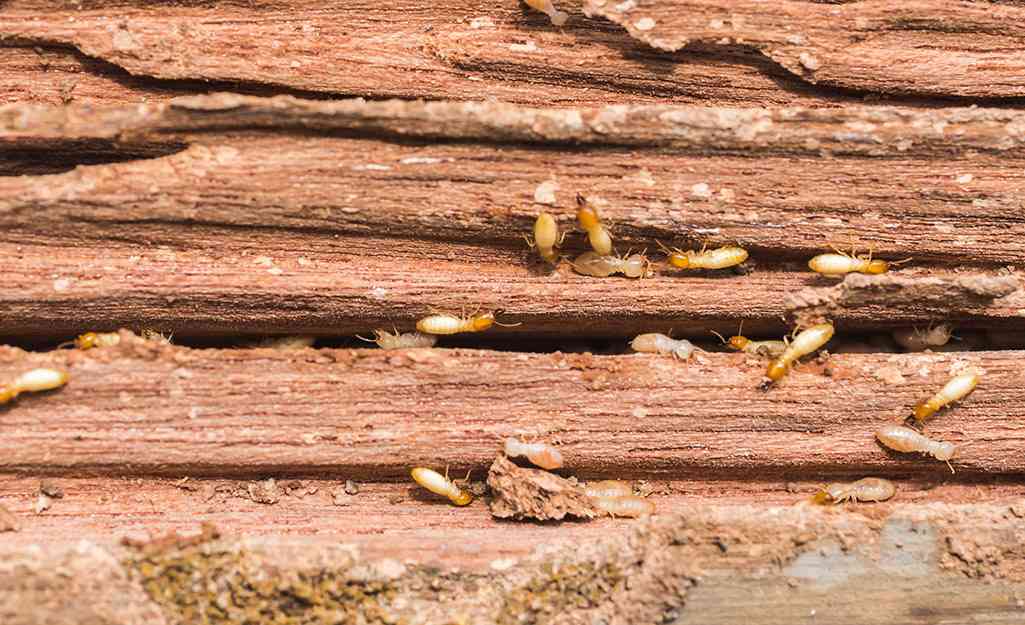
THE continuous tumbling of the Zimbabwe dollar has crippled the purchasing power of most households in the country, according to Famine Early Warning Systems Network (FewsNet).
FewsNet is a global provider of evidence-based, early warning information and analysis of current and future acute food insecurity and its efforts inform decisions on humanitarian planning and responses in 30 of the world’s most food-insecure countries.
For nearly four decades, FewsNet and its partners have continued to monitor the increasingly complex factors influencing food insecurity, such as weather and climate, conflict, agricultural production, markets and trade, and nutrition.
In its latest May 2023 report, FewsNet noted that the recent price hikes have made it difficult for the average family to purchase basic commodities. The current situation has been characterised by shortages of basic commodities in several retail outlets while some wholesalers have been pushing their products to the black market.
“The depreciation of the Zimdollar and high prices negatively impacts the purchasing power of poor households and households earning in the Zimbabwean dollar.
“On some basic commodities, Zimdollar prices spiked by more than 100% in May, although prices in foreign currency remained relatively stable,” states the report.
In response to the struggles, the government removed import restrictions and duties on some basic commodities in a quest to achieve price stability.
“In response, among other measures, the government removed all import duties and restrictions for 14 basic commodities, including maize meal, flour, cooking oil, rice, milk, salt, to ensure adequate supply and cheaper commodities,” reads the report.
- HCC considers cancelling ZimPhos contract
- One stitch in time saves nine
- Zim hit by grain shortage
- Govt to distribute grain as hunger stalks millions
Keep Reading
According to the report, several households have resorted to engagement in casual labour opportunities, self-employment, and petty trade to earn additional income.
Most households, according to the report, have been heavily relying on agriculture and the harvest of Mopane worms.
In May this year, the second harvest and sale of Mopane worms did not occur due to the early cessation of rainfall in February, limiting household access to their seasonal source of income.
“The ongoing harvest is improving household food access and increasing market supplies of staple grains, particularly maize, in most markets. Relatedly, maize prices in USD are declining, especially in typical surplus-producing areas. In typical surplus-producing areas, some households have started earning income from selling food and cash crops,” reads the report.
However, for some typical deficit-producing areas in the South, East, West, and extreme North, own-produced stocks will be short-lived due to relatively low production.
In a bid to help improve food security in Zimbabwe, the United States Agency for International Development (USAID) recently donated about US$8,7 million to the United Nations’ World Food Programme (WFP).
Over 65 000 individuals in five areas with food insecurity will benefit from the WFP's resilience-building initiatives over the course of the next six months thanks to the funds.
It would be used to give food assistance in exchange for work to participants in the WFP's Food Assistance for Assets activities, support the construction or restoration of small-scale farming infrastructure, village savings and lending groups, and offer training in business management in the districts of Kariba, Masvingo, Mwenezi, Rushinga, and Zvishavane.
“Our long-standing funding for the programme demonstrates the US government’s commitment to tackling food insecurity in Zimbabwe,” said Ramses Gauthier, USAID’s acting mission director in Zimbabwe said in a statement.
Participants received monthly food allotments of maize meal, pulses, and cooking oil under the initiative, which was created to meet immediate food needs by food distributions while investing in productive assets.
Participants also benefited from the completed projects, which were made available to the entire community.
The US's assistance, according to the WFP, arrived at a crucial moment when farmers all throughout the nation were harvesting their crops.
This agricultural season saw good rainfall across the nation, but many households were still struggling with food insecurity. Due to the accumulative consequences of droughts, a lack of adequate livelihood possibilities, and economic shocks, some smallholder farmers were forced to live on the edge. More than 1,2 million individuals in 30 Zimbabwean districts have benefited since 2011 from productive assets supported by the WFP. Around 400 small dams were built by the WFP, together with 80 irrigation systems, 520 hectares of vegetable gardens, and more than 60 primarily solar-powered boreholes.
The 2021/22 rainfall season was characterised by erratic and poorly distributed rainfall, including a late onset of excessive rains in January 2023.
Some of the worst-affected districts in the east and south reported cereal crop losses of up to 80%, with some households receiving nothing from their harvest.











